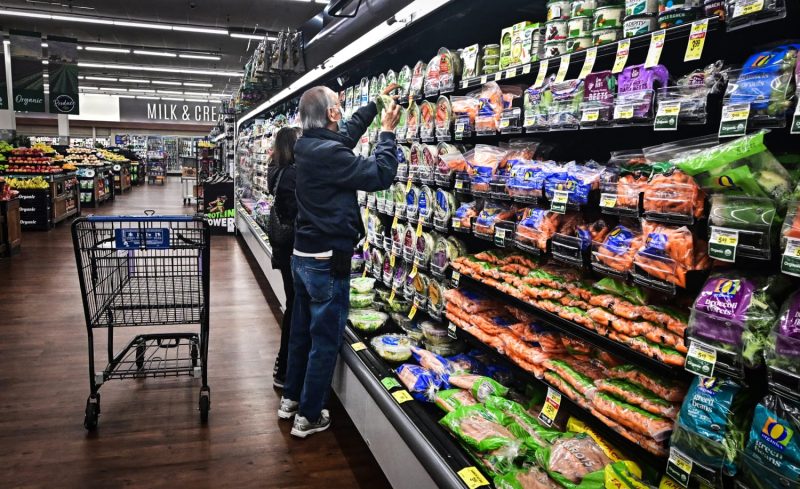
Cracking the Code: Revealing Why Grocery Prices Are Sky-High and How You Can Save
The Rising Cost of Groceries: Understanding the Factors at Play
Supply chain disruptions, inflation, and increased demand are some of the key factors contributing to the rising cost of groceries. In recent months, consumers have been feeling the pinch as grocery prices continue to climb. Understanding why groceries are becoming increasingly expensive can help consumers make informed decisions about their shopping habits and finances.
One of the primary reasons for the surge in grocery prices is supply chain disruptions. The COVID-19 pandemic has caused widespread disruptions in global supply chains, leading to shortages of many essential goods and ingredients. Major disruptions at ports, manufacturing plants, and transportation networks have resulted in increased costs and delays in getting products to market. These disruptions have been exacerbated by extreme weather events, such as hurricanes and droughts, which have impacted agricultural production and driven up prices.
In addition to supply chain disruptions, inflation has also played a significant role in driving up the cost of groceries. As the economy recovers from the pandemic, inflation rates have risen, leading to higher prices across the board. The cost of raw materials, labor, and transportation has increased, forcing food producers and retailers to pass these expenses on to consumers. Inflation erodes the purchasing power of consumers, making it more expensive to buy everyday essentials like groceries.
Furthermore, increased demand for groceries has put additional strain on the supply chain and contributed to higher prices. The pandemic has led to a shift in consumer behavior, with more people cooking at home and stocking up on essentials. This surge in demand has outpaced the capacity of manufacturers and retailers to keep up, leading to shortages and price increases. As a result, consumers are often faced with higher prices and limited options when shopping for groceries.
To help mitigate the impact of rising grocery prices, consumers can take several steps to make their shopping more cost-effective. One strategy is to plan meals in advance and create a shopping list to avoid impulse purchases. Buying in bulk and taking advantage of sales and discounts can also help save money on groceries. Additionally, exploring alternative shopping options, such as local farmers’ markets or online retailers, may provide access to fresh produce at lower prices.
In conclusion, the rising cost of groceries can be attributed to a combination of factors, including supply chain disruptions, inflation, and increased demand. By understanding the underlying reasons for these price increases, consumers can make informed choices about their grocery shopping and budgeting. With careful planning and savvy shopping strategies, consumers may be able to navigate the current economic challenges and find ways to save money on essential food items.
